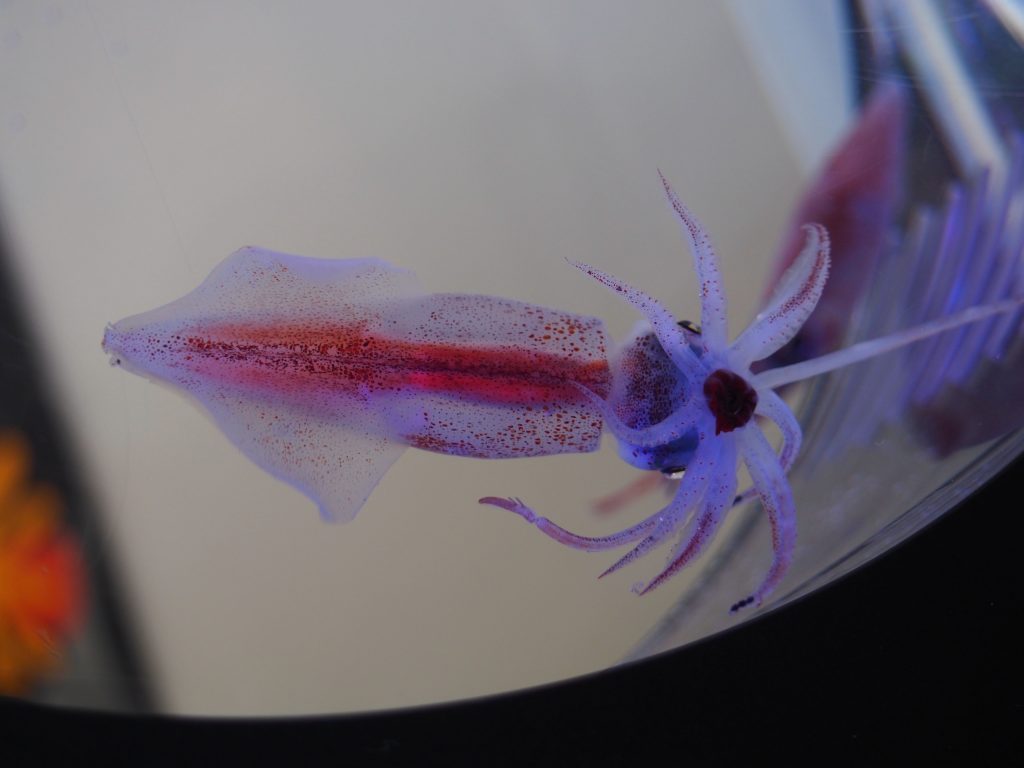[Glowing Firefly Squid of Toyama Bay in Japan] The Viewable Season and Locations
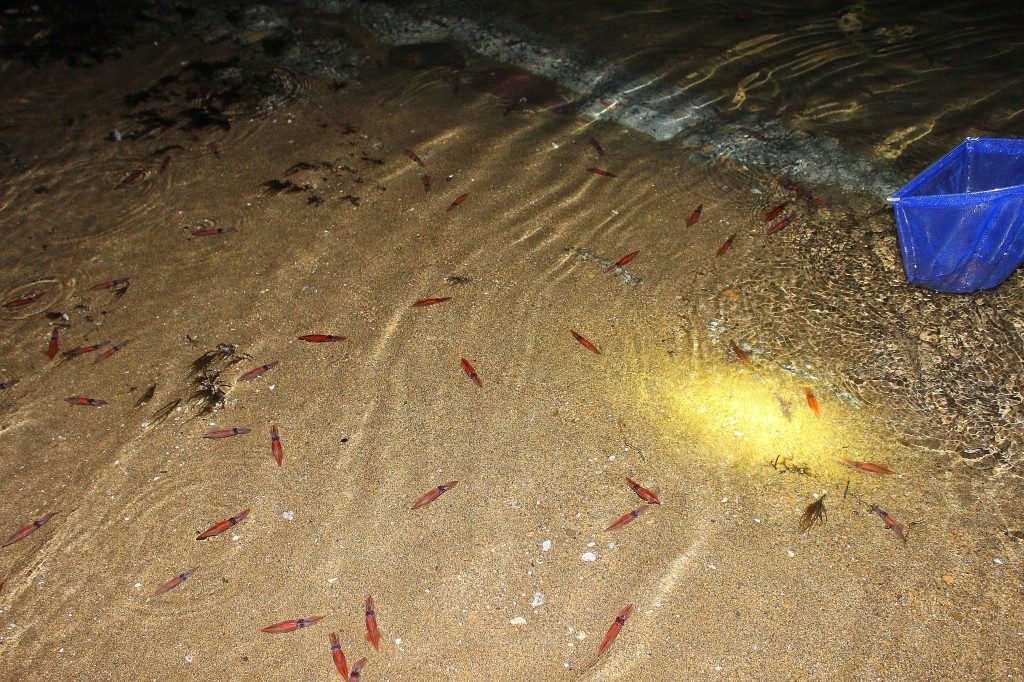
Apologies for starting off with such a picture. Greetings, editor-in-chief Sakura here.
Spring is just around the corner in the Toyama prefecture. As the weather warms up and becomes more pleasant, don’t you just feel the urge to throw yourselves onto the beach to die? Okay, maybe not, but the firefly squid do.
Today, I went to go see the beautiful “suicide” of the firefly squid in person, and I have collected the information for 2019 so you can go see it for yourself.
The firefly squid is a creature largely shrouded in mystery, famously known for the pale blue glow that is emitted from its entire body. It is after this likeness to a firefly’s light that the bioluminescent squid is named, and is what has drawn in visitors from all over the world to the shores of Toyama to catch a glimpse.
Known in Japanese as “hotaru-ika”, firefly squid are spawned in the Spring with a lifespan of one year. Throughout the Sea of Japan, these squid are normally found in the depths of 200-600 meters. As Spring comes around, the squid ascend in large numbers and gather around Toyama Bay with the sole purpose of laying eggs.
It is in this season that fishermen harvesting the squid are able to see the ghostly blue glow which is described to be beautiful like a mass of sparkling jewels. It is also possible to see it in a rare event known to locals as “hotaru-ika no minage”, which roughly translates to the squid “drowning themselves” on the shore. In this mass “suicide” of firefly squid, Toyama’s shoreline gets illuminated with thousands of little neon blue lights, and it is this phenomenon that has been designated as one of Japan’s special natural monuments.
The firefly squid is considered a delicacy of the Springtime and as the freshness is very important, it is recommended that they are consumed soon after they are caught, making it available only for a limited season.
While the squid can be enjoyed in many different ways, when eating as raw sashimi, there is always possibility of certain parasites, so please be cautious!
Based on 2019’s data, the dates in which the glow of the firefly squid is likely the most visible are below.
2/5 (Tues)
3/7 (Thur)
4/5 (Fri)
5/5 (Sun)
6/3 (Mon)
As this is a phenomenon only able to be seen during the spawning season of the squid, there is a chance to see the bioluminescent spectacle from February from June, but the chances of seeing the squid are better in the span of March to May.
Similarly, the glow is not something that can be viewed at just any time, as visibility is only possible when a number of conditions are met. With many uncontrollable factors such as weather and the state of the ocean, the appearance of the squid is ultimately dependent on luck.
The dates above are based on nights of the new moon when the squid should be most visible, but there is no guarantee of their appearance.
Where Can You Catch Them?
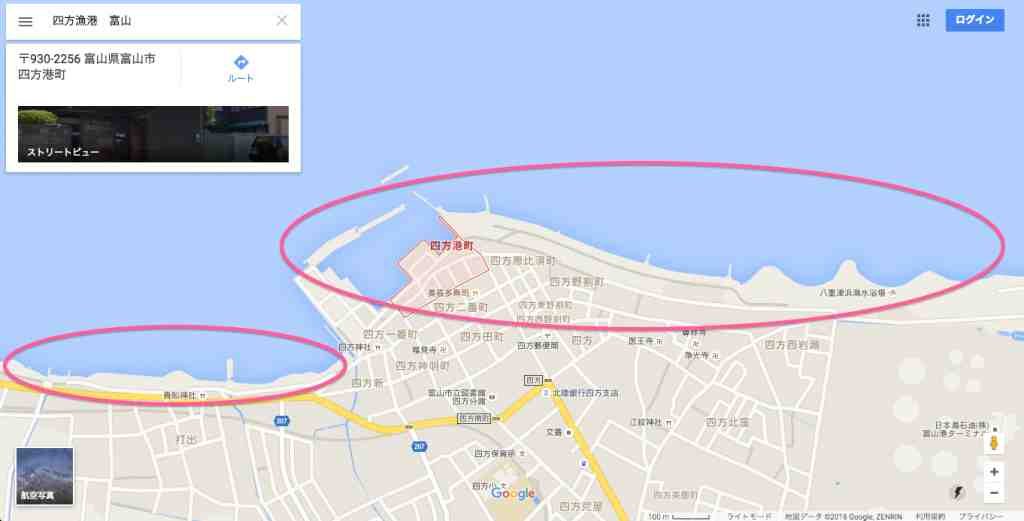
For catching firefly squid on the coastline, Yokata Fishing Port, Yaesu-hama Beach, Ebie Beach, Hongoh Beach, Asahi-machi Shore, and Kokubu-hama Beach, are likely the best locations.
Most visitors seeking a good view of the “minage” scene will go to Yaesu-hama Beach, Hongoh Beach, and Yokata Fishing Port, and many of the famous photos of the squid were taken in these locations.
Asahi-machi shore and Kokubu-hama beach are off the beaten path for seeing the squid’s neon lights, but if luck is on your side, they may be worthwhile, lesser known spots.
For fishing harbors, Iwase Fishing Port, Namerikawa Fishing Port, Uozu Fishing Port, Ikuji-hama Fishing Port, are the prime locations, and while you will not be able to see as much of the beautiful illumination, if you are lucky, you will be able to catch massive amounts with your net.
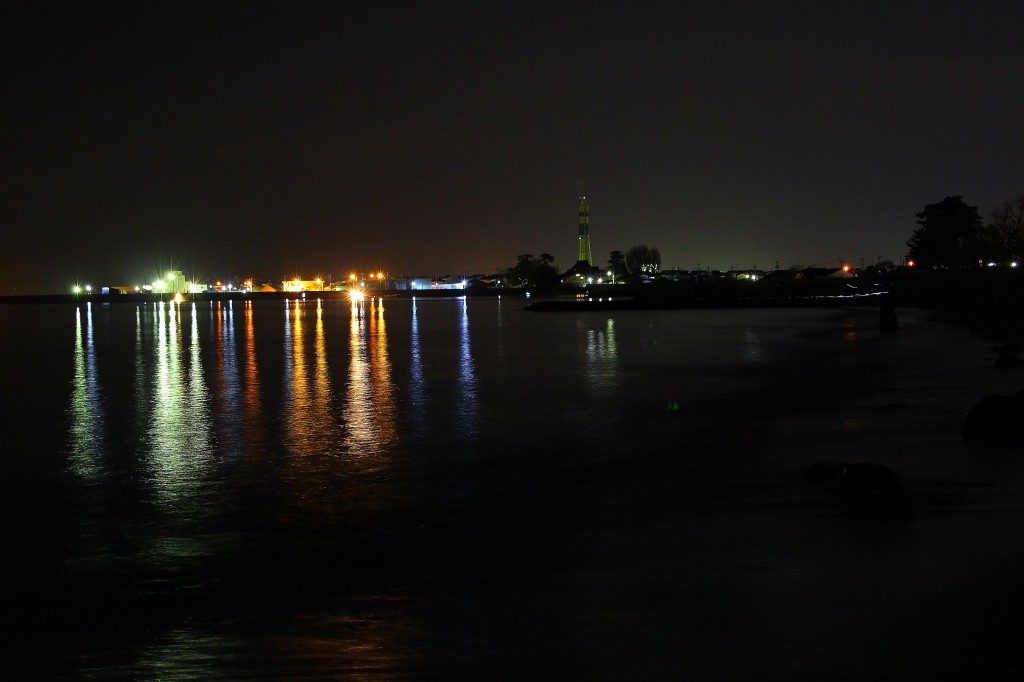
The gear required to catch squid are as follows: long boots・a net・flashlight(I recommend a head lamp)・cooler box・warm clothes and gloves
For the long boots, depending on the situation, you’d likely want to go into deeper waters, and it’s all too easy to find yourself wading out further than anticipated, so I’d like to recommend a sturdy waste-high pair.
When catching firefly squid, the absolute minimum you should have is a net. I assure you that attempting to catch them with your bare hands won’t work out well, no matter how much you think you can now.
On the topic of flashlights, as you’d expect, the ocean at night is pitch black. Even with the chance of moonlight, I assure you, it’s pitch black.
With regular handheld flashlights, it can be difficult to hold that and the net at the same time, so I’d like to recommend a headlamp that, no surprise here, straps around your head.
As you enjoy your hopefully squid-filled adventure, please be sure to place all caught squid inside a cooler box.
Firefly squid are quick to spoil and in the past when Japan did not have a quick distribution system in place, the squid were not eaten.
To avoid this, keep them chilled as you take the squid back with you.
Finally, I would like you to know that the ocean at night is colder than you might imagine.
When I took the late night trip for the first time, I made the dire mistake of brushing off the importance of gloves, but on the second half of my trip, my hands were so cold that I was having dangerous thoughts. Please think of your hands and bring gloves.
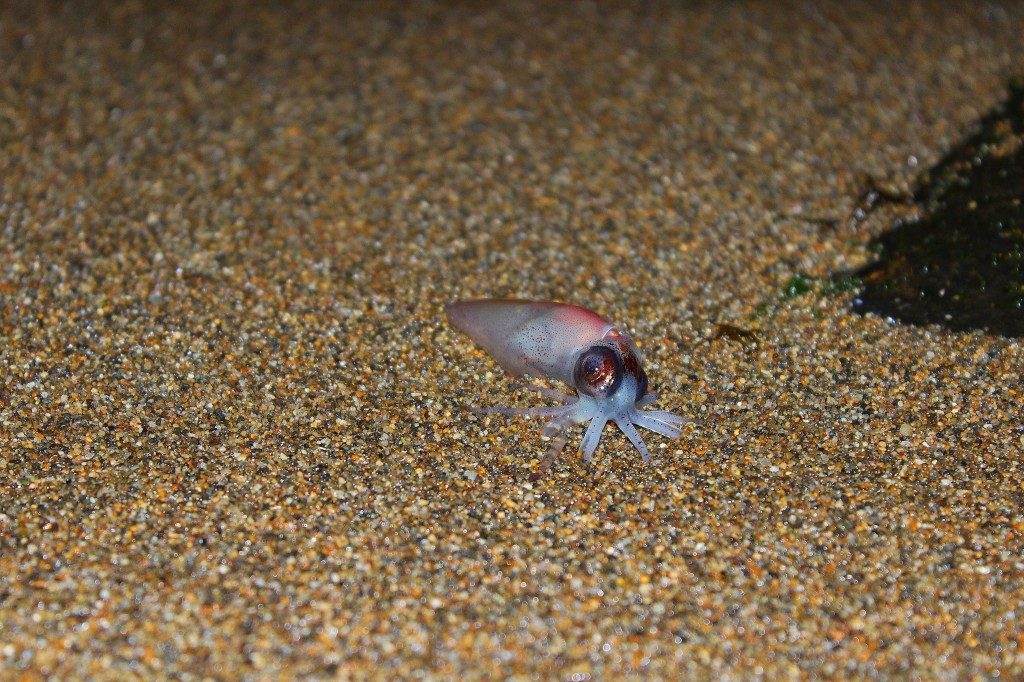
In the peak season, under a new moon, I travelled by car to the coast of Toyama city one dark weekday night where I would be able to see the magnificent glow for myself.
While I had my doubts, I went at around 11pm and immediately spotted a squid!
Ahh, so this is the infamous firefly squid!
So small, and transparent, and CUTE!
While a regular sized squid has something disturbing about it, the smaller firefly squid is adorable. With those big ‘ol eyes, it looks like some sort of mascot or a character straight out of the Pokemon universe.
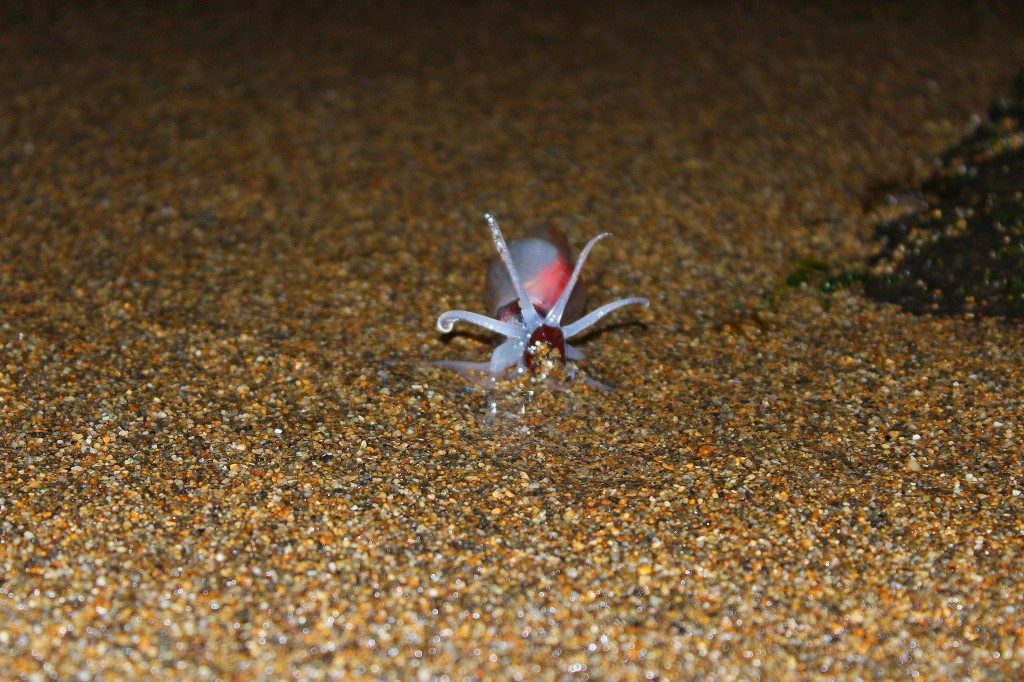
As I pointed my camera, I was threatened with the most adorable little “SQUEAK”.
SO K… KAWAII!
Here, the sand is perfectly giving the little guy some modesty. It seems he was a little camera shy.
As my camera shutter went off, I couldn’t help but imagine how delicious it would be with those tiny little legs lightly roasted over a charcoal fire.
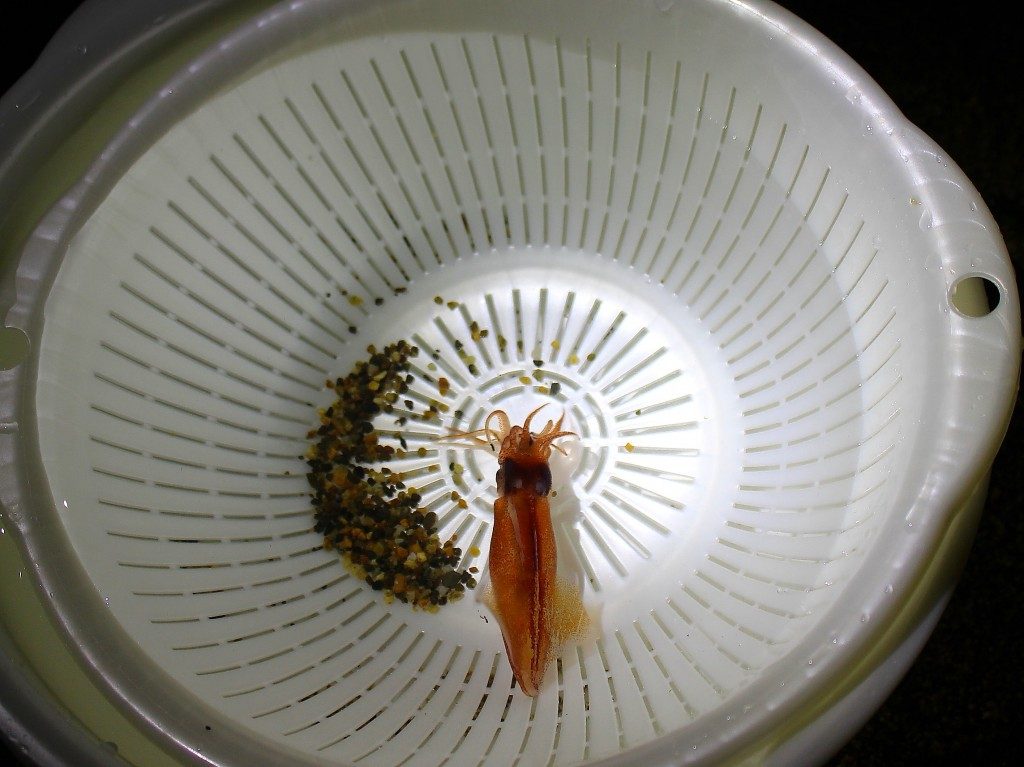
No matter how adorable, the poor squid was doomed.
Finally, I have caught one. Sorry pal, but you’re going to become a part of my body.
As my honorary first squid, i’ll allow you to be a part of an extra special area in my lower half.
It is worth noting that with squid that have been caught close to the shore, it is likely that they are eating sand. Because of this, when you boil and eat them, it becomes likely that you eat that sand. To avoid this, I recommend trying to catch the squid as far away from the shore as possible.
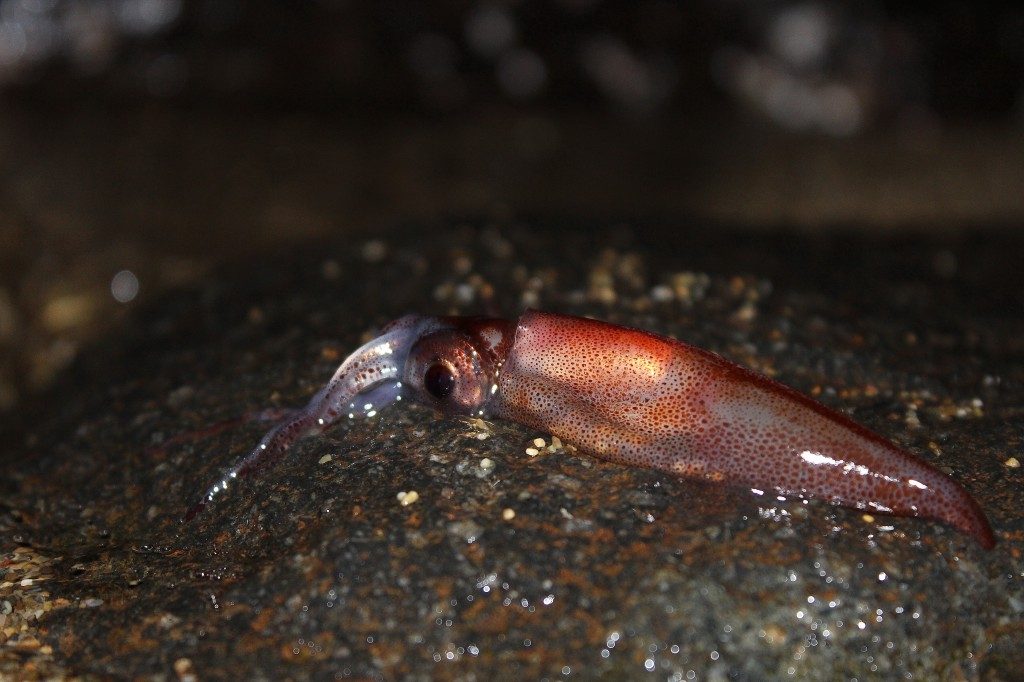
This time, I spotted a firefly squid around some rocks.
When I take a close up, the body is so beautiful, but
man, what a peculiar body shape.
Alright, now, i’ll wear my long boots and go out further to catch some!
On this trip, I was so delighted every time I found a squid here and there…
… until a little after midnight.

「AHH!」
How many of these darn things are there!?
I was suddenly surrounded by an endless number of squid.
You could close your eyes, fling your net, and you would catch some. I couldn’t decide if I was disgusted or in awe at the sheer amount.
At this point, I was getting tired of catching the squid and decided, now, i’m going to try photographing the view!
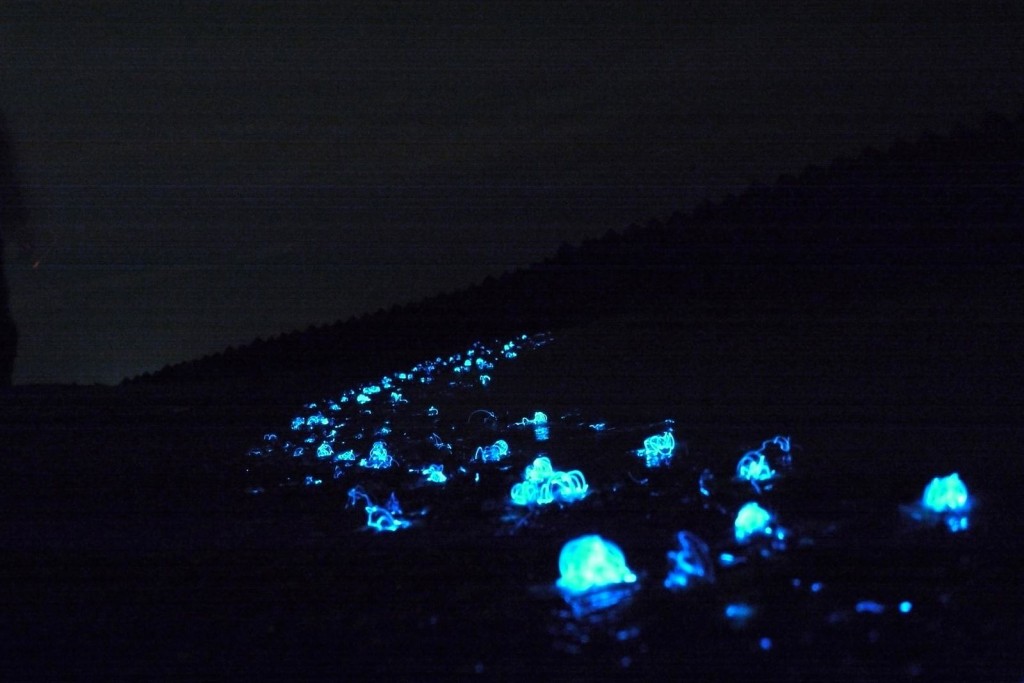
As the name would suggest, the firefly squid is a creature that emits a glow similar to that of a firefly.
When I set up my tripod and take photos, I was able to capture this magnificent sight!
This is definitely a sight possible to be seen only in the Toyama prefecture.
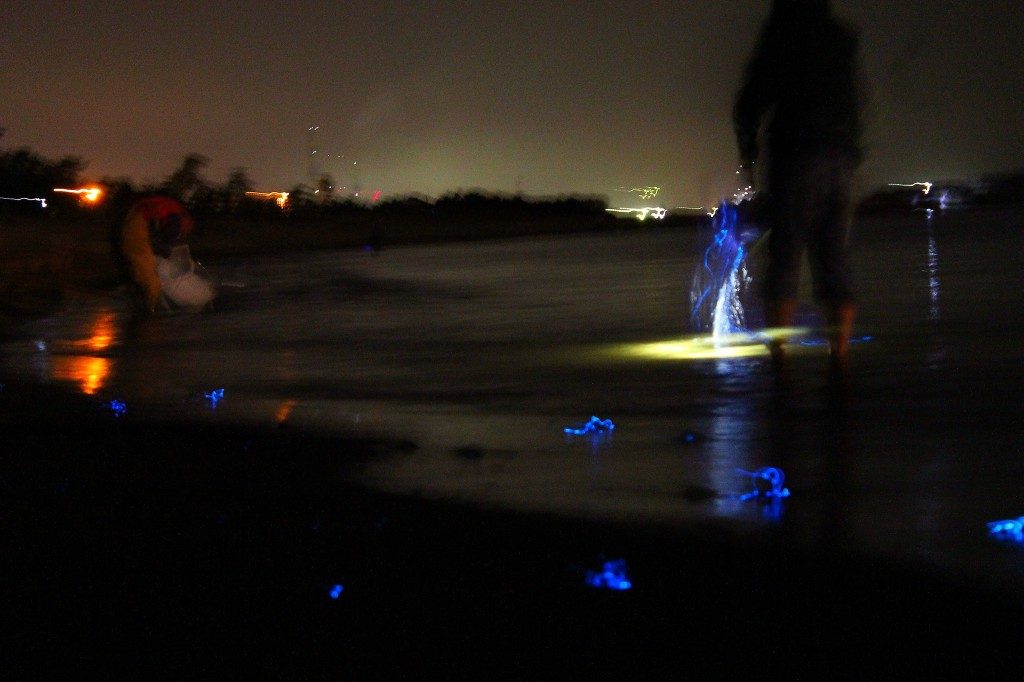
At the ends of each tentacle and all over the body, there are small light emitting organs that glow when stimulated and are thought of as a way for the squid to scare off any predators.
Because of this, as they wash up on the shore, they emit a brilliant blue light upon some kind of stimulus.
When caught with a net, they light up like crazy.
Now, let me try photographing it with some flash.
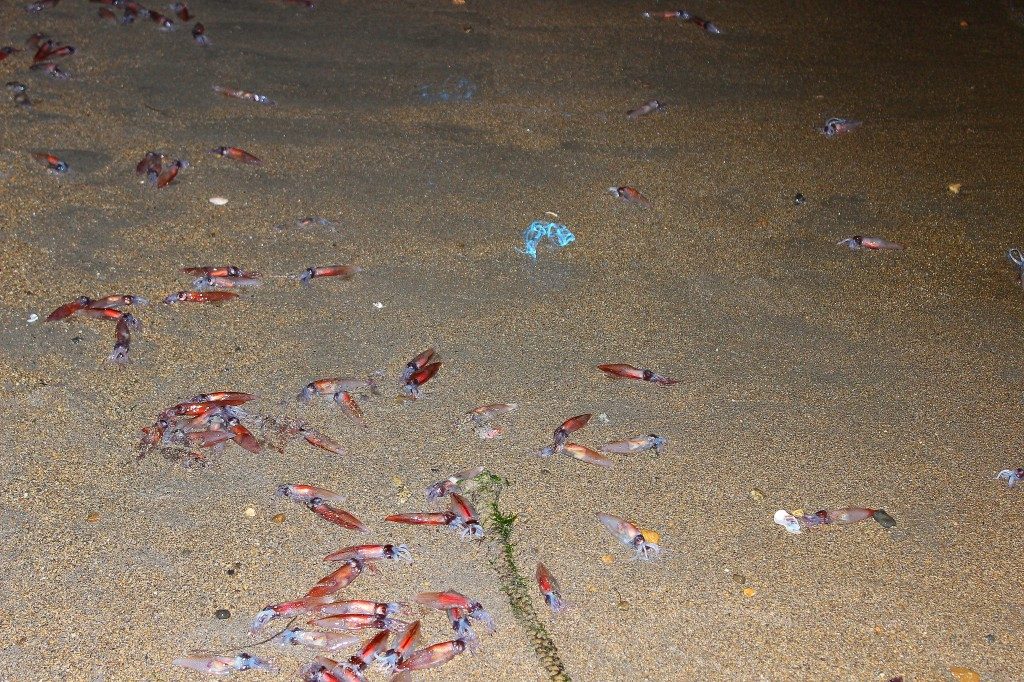
Just how many of these guys are dying on this shore?
For so many of them to wash up, what kind of stressful society they must be living in.
The shore was being covered in the dead bodies of the squid so quickly, I almost felt like it should have had an 18+ age restriction.
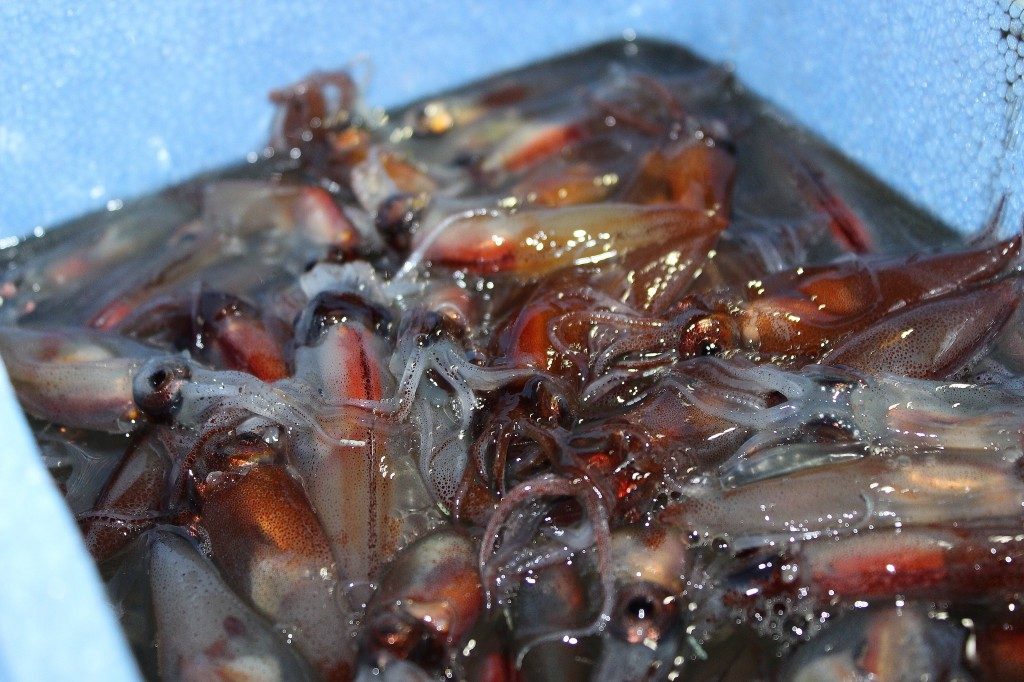
In the end, I was able to catch a ridiculous amount of firefly squid.
I was almost disgusted by how many I caught, but I would have to put my feelings aside to boil and eat them.
With the chance of parasites when eating the squid raw, please make sure to cook them to some degree before consuming.After seeing them with my own eyes, I believe that this is something everyone should experience.
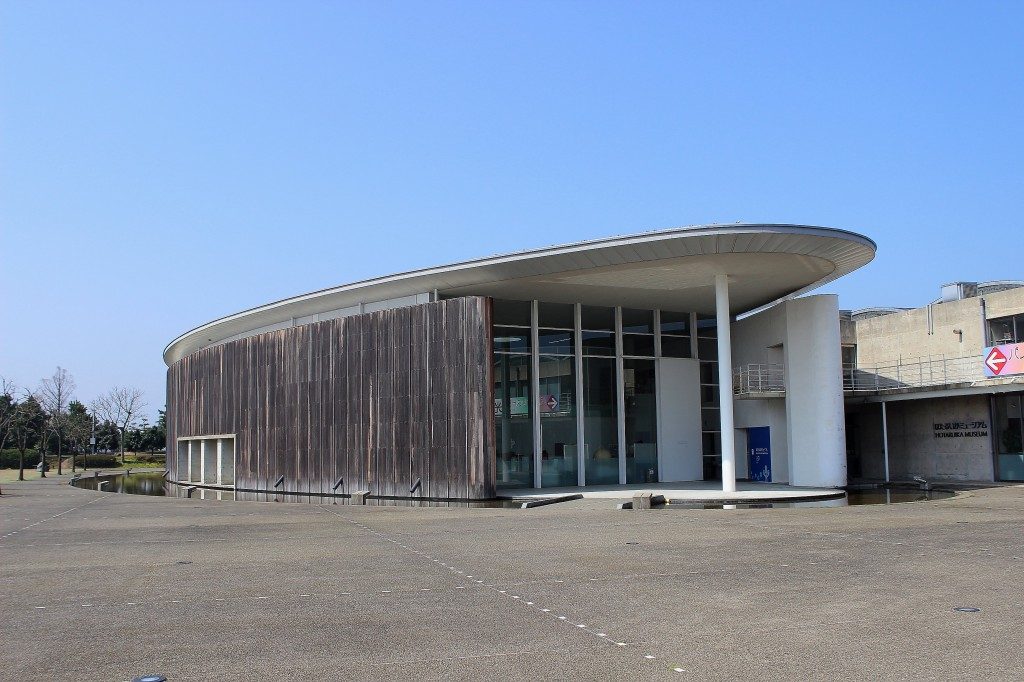
For those who are unfortunately not able to see the illumination of the squid in person, I’d like to recommend a trip to the world’s only Firefly Squid (Hotaruika) Museum.
Because it is a natural phenomenon, the degree of difficulty of viewing the squid is quite high.
I’m sure there are many of you who don’t feel like making the late night trip or miss the display, but fear not, for at the Hotaruika Museum, viewing some living squid is easily possible along with a bioluminescence show to see the neon blue glow for yourself (available from March 20th through May 31st).
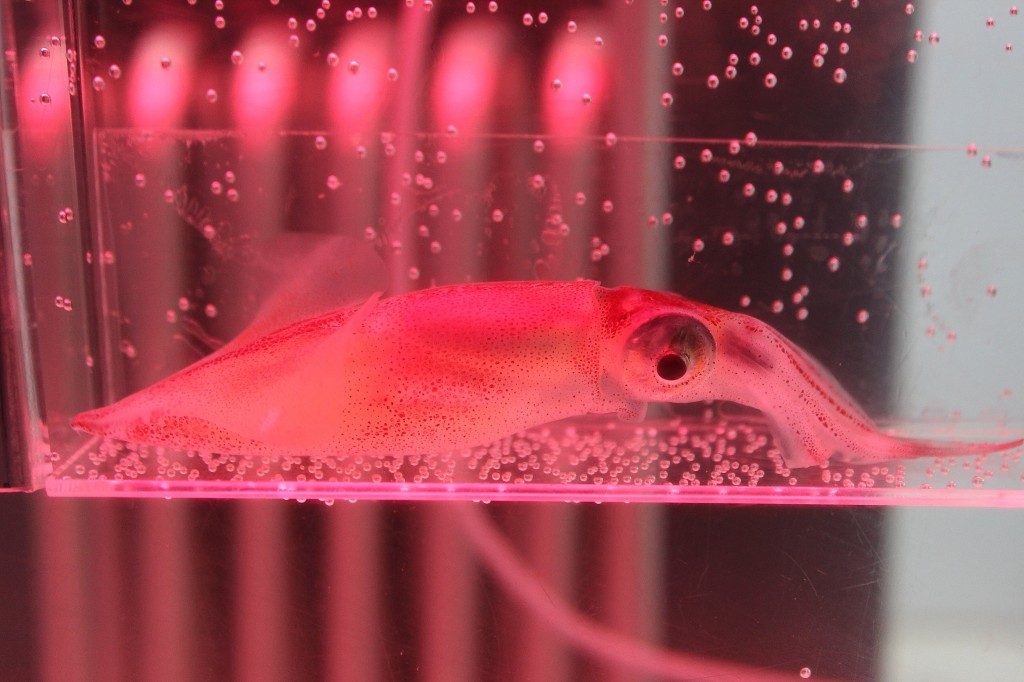
In this way, from the comfort of the indoors, you are able to view and learn more about the firefly squid at your own leisure.
Especially for those with children, going out so late at night would be tough, not to mention the difficulty in access and timing.
Furthermore, at this museum, eating firefly squid is possible!
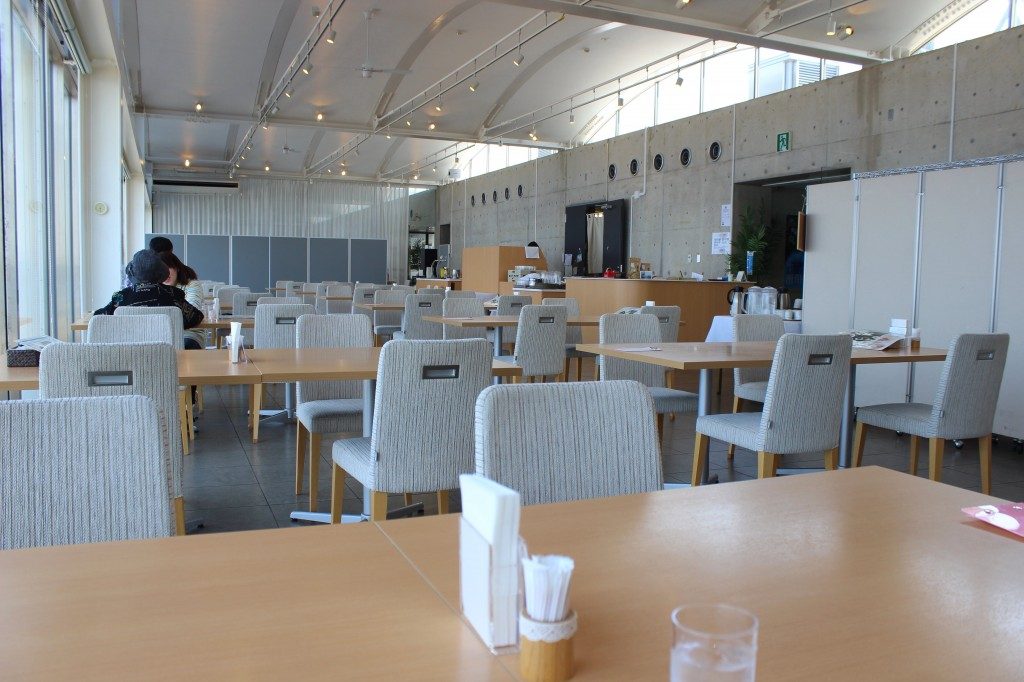
This is the restaurant located within the museum in all its splendor.
The interior of the restaurant is beautiful. Concrete walls covered in glass. Comfortable chairs. Incredible.
Outside, there is a sweeping view of the ocean, and the location alone may surprise guests who visit from outside the prefecture.
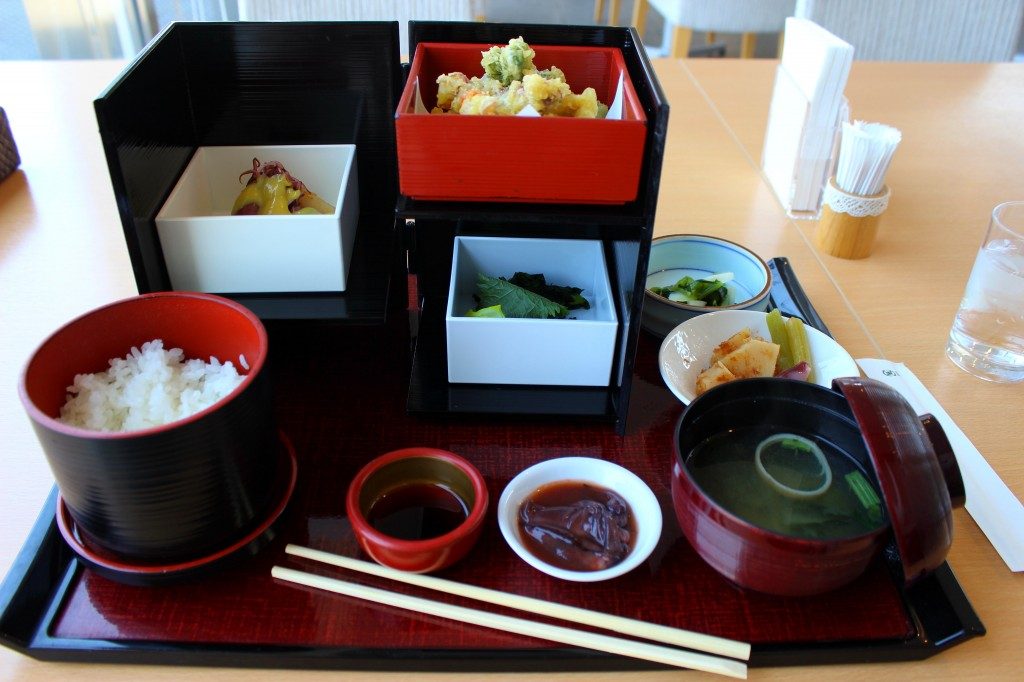
It is here that I greatly recommend eating the firefly squid!
Sashimi, deep fried, and miso-zuke are just a few of the 5 different ways you can enjoy the squid.
With the raw sashimi, freshness is a very important factor, making it quite difficult to eat. At this restaurant, eating the raw squid can be done easily and safely.
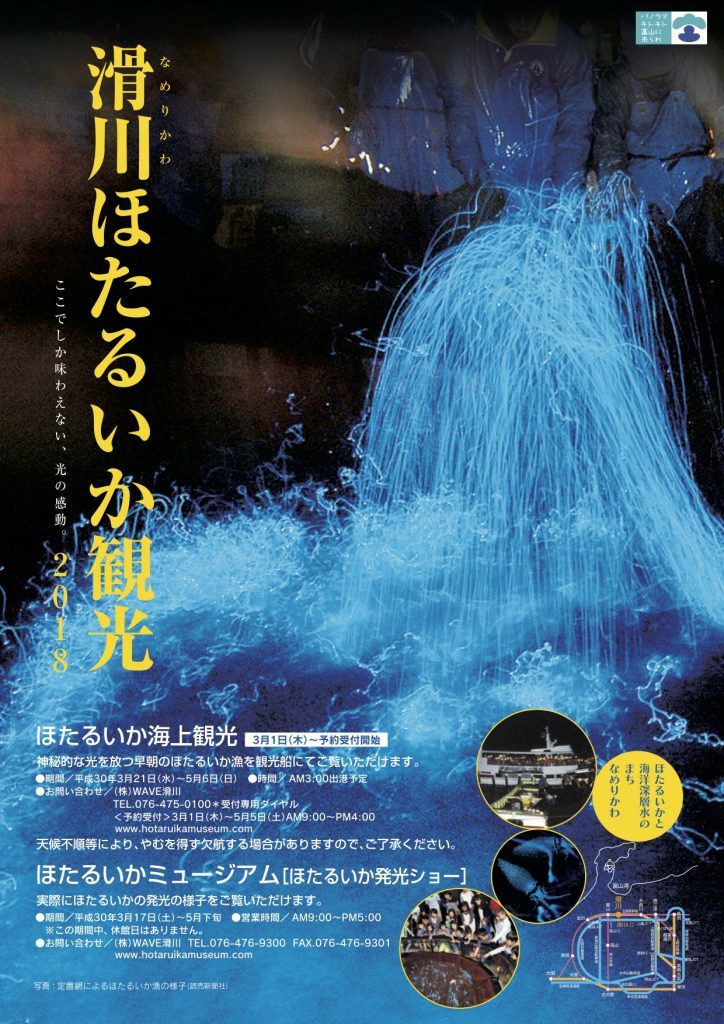
To see the actual fishing of the firefly squid in close proximity, the『Firefly Squid Marine Observation』, is an organized boating trip lesser known to visitors.
With a painfully early departure of 3am and a cost of 5000 yen for adults and 3000 yen for children, this is not a trip for the ordinary person.
Aboard the boat, I was very excited to hear a deeper explanation on the squid and the fishing process.
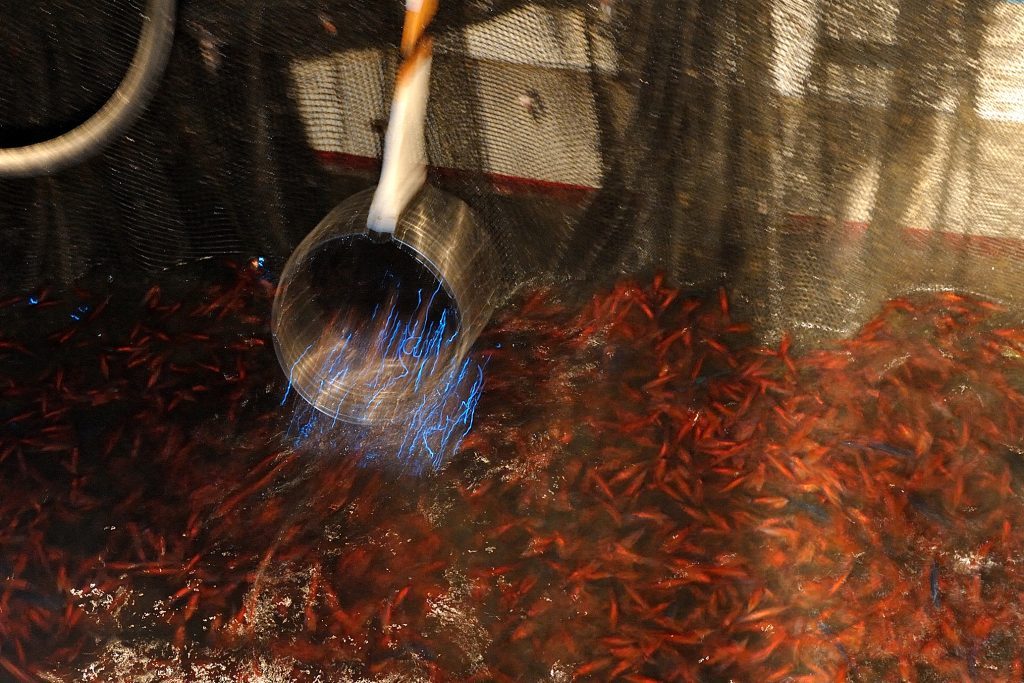
From the outside of the ship, you are able to see the way in which the firefly squid are fished, and as this was my first time seeing the squid caught in such a way, I felt a little nervous.
After watching the fishermen pull up the massive nets with their hands, I started to appreciate how much manual labor goes into the process.
Once there is a massive amount of squid crowded together in the nets, the fisherman turns off the lights. Indeed, this is done to display the magical neon blue lights of the firefly squid which, at this massive amount, is truly a sight to see.
Observing the fishing up close was a very exciting experience. Seeing these operations in person is a pretty rare opportunity and how often are you able to see this massive amount of squid at once?
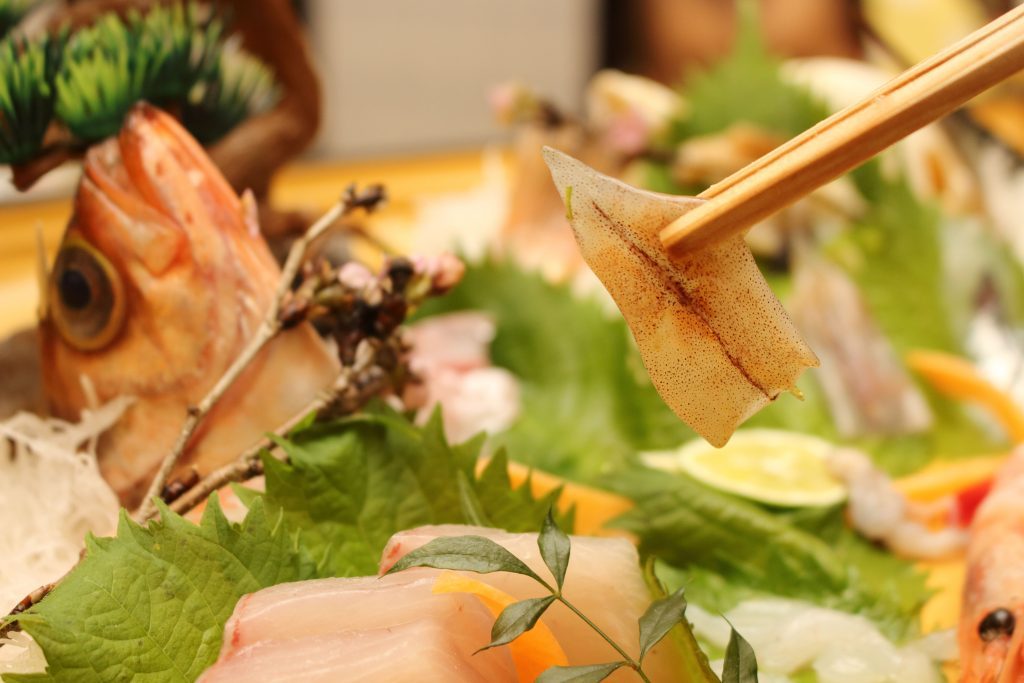
Because this phenomenon takes place very late at night, we ask that you avoid making large noises, don’t litter, and generally be respectful of the area and its residents.
I don’t know why, but we have received complaints regarding the recent behavior of visitors going to see the squid. Don’t put that on us.
I hope you will make the journey to see the firefly squid and as you do, make sure to watch your step, bring some snacks, you know the deal.
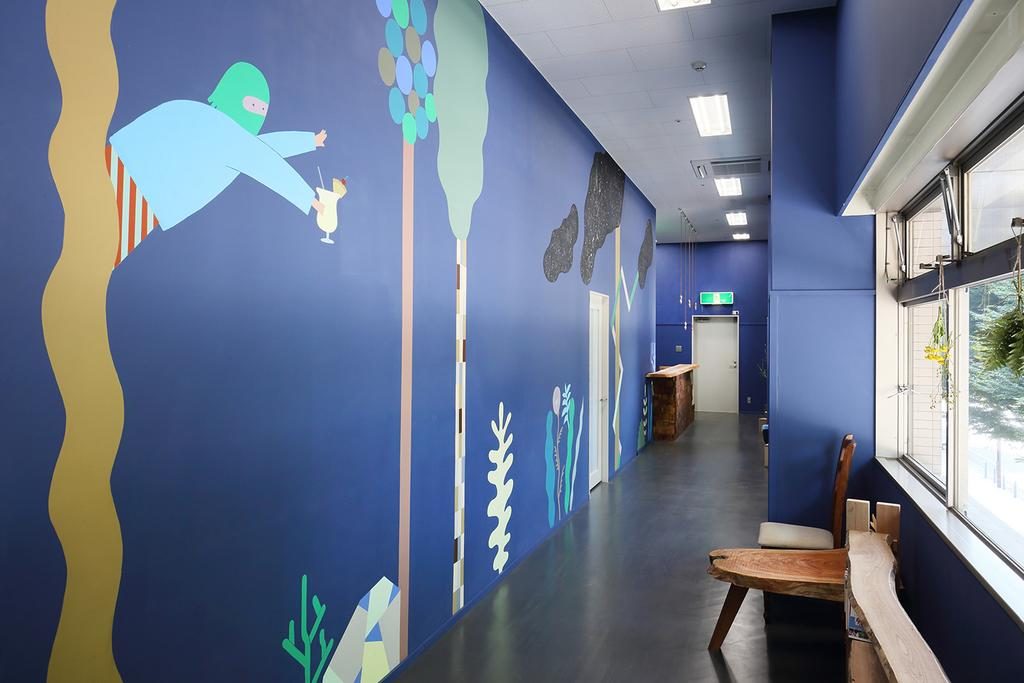
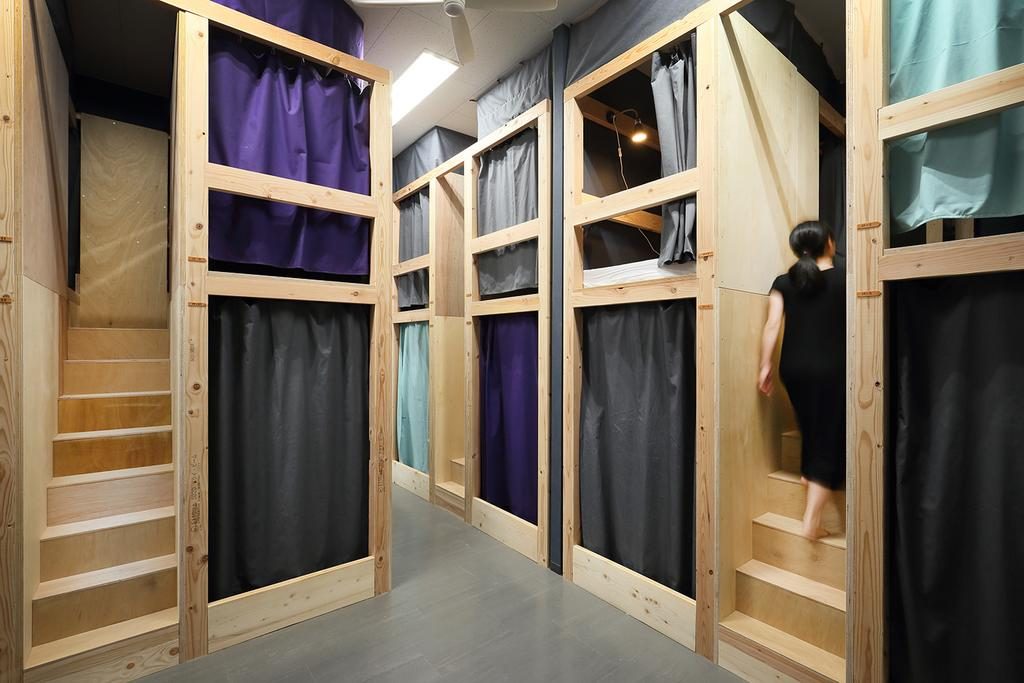
This is an event that brings in many visitors from around the globe and for those who are visiting from far away, Iruka Hostel offers convenient lodging just 5 minutes away from Toyama Station. A guest house with a convenient central location, Iruka Hostel offers accessibility to all of Toyama’s wide range of experiences and amazing sights. The lowest prices are available via direct reservation through the website.Iruka Hostel Booking Page!
